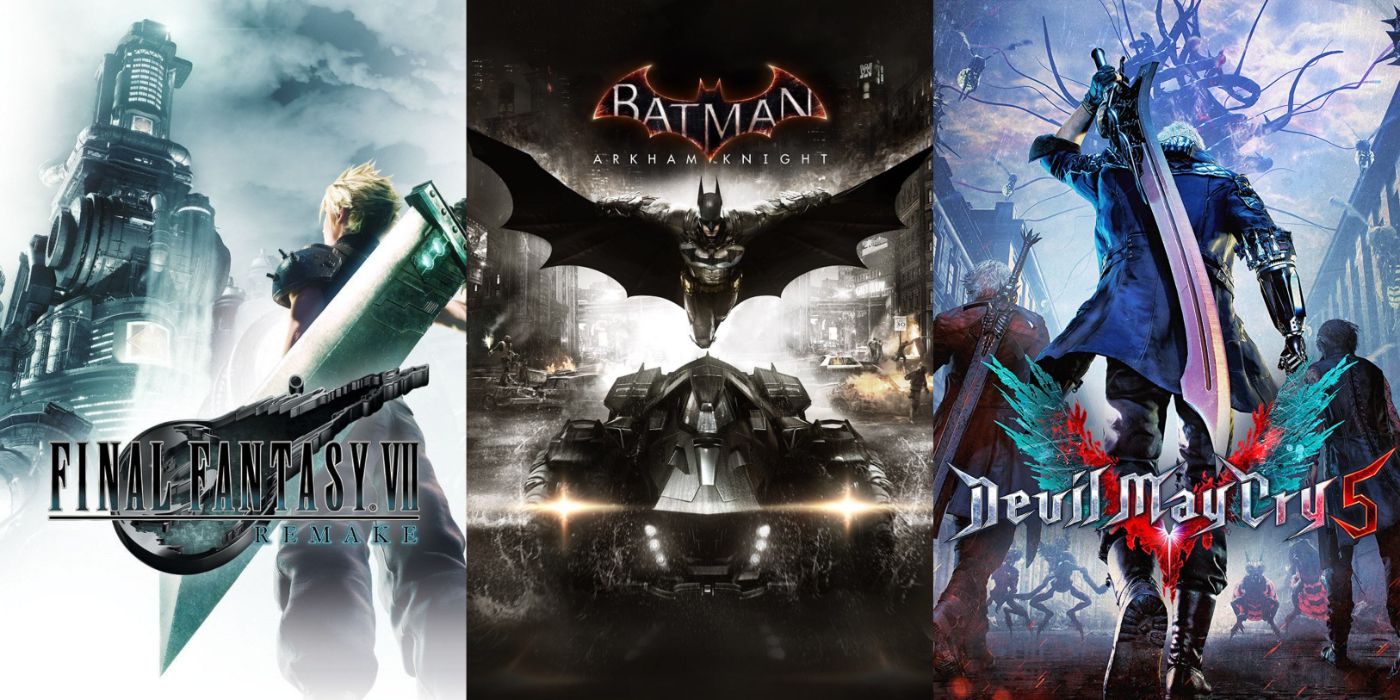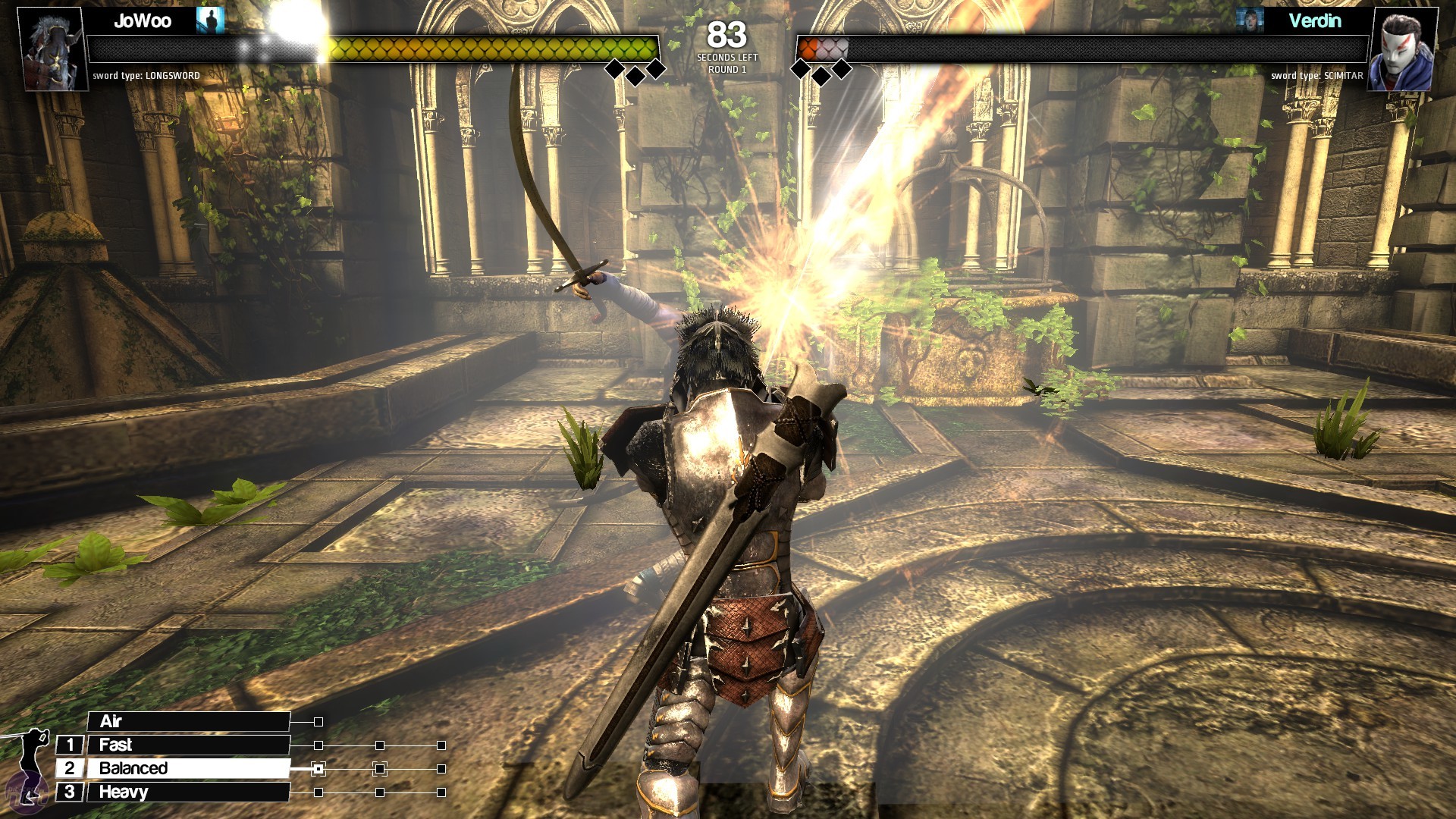
The Dance of Steel and Fists: A Deep Dive into Melee Action Games
Melee action games, the digital descendants of classic brawlers and fighting games, are a genre defined by visceral combat, intricate systems, and a satisfying sense of mastery. They’re not just about button mashing; they’re about understanding enemy patterns, mastering combos, and executing precise maneuvers to overcome challenges. From fantastical worlds to gritty urban landscapes, these games offer a thrilling and often challenging experience that rewards skill and dedication.
This article will delve into the heart of the melee action genre, exploring its evolution, key characteristics, subgenres, and some of the most influential titles that have shaped its landscape.
The Roots of the Blade: Tracing the Genre’s History
The foundation of melee action games lies in the arcade brawlers of the 80s and 90s. Games like Double Dragon, Streets of Rage, and Final Fight established the core formula: players controlled a character (or characters) traversing side-scrolling levels, engaging in close-quarters combat against waves of enemies. These titles prioritized accessibility and cooperative play, focusing on simple controls and satisfying impact.
As technology advanced, so did the complexity of melee combat. The move to 3D environments opened up new possibilities for character movement, camera control, and combat mechanics. Games like The Legend of Zelda: Ocarina of Time (1998) introduced a lock-on targeting system that revolutionized 3D combat, allowing players to focus on individual enemies and execute precise attacks. This innovation, along with the increasing processing power of consoles, paved the way for the modern melee action game.
Defining the Genre: Key Characteristics and Mechanics
While the melee action genre is diverse, certain characteristics define its core identity:
- Close-Quarters Combat: The primary focus is on engaging enemies at close range, utilizing swords, axes, fists, or other melee weapons. Ranged attacks, if present, are typically secondary or used tactically.
- Combo Systems: Stringing together a series of attacks to create powerful and efficient combos is a crucial element. Mastering these combos is often key to success, allowing players to deal significant damage and control the flow of combat.
- Defensive Mechanics: Blocking, dodging, and parrying are essential for survival. Learning to anticipate enemy attacks and react accordingly is crucial for mastering the combat system.
- Character Progression: Players typically earn experience points or currency to upgrade their character’s abilities, unlock new skills, and improve their equipment. This provides a sense of progression and customization, allowing players to tailor their playstyle.
- Challenging Difficulty: Melee action games often feature a high level of difficulty, demanding precise timing, strategic thinking, and a willingness to learn from mistakes. This challenge is a core part of the appeal, rewarding players for their perseverance and skill.
- Emphasis on Skill and Mastery: Unlike some action games that rely heavily on luck or grinding, melee action games prioritize player skill. Success hinges on understanding the game’s mechanics, mastering the controls, and adapting to different combat situations.
A Spectrum of Steel: Exploring Melee Action Subgenres
The melee action genre encompasses a variety of subgenres, each with its own unique focus and flavor:
- Hack and Slash: This subgenre emphasizes fast-paced, visceral combat with a focus on dealing massive damage to hordes of enemies. Games like Devil May Cry, Bayonetta, and Ninja Gaiden exemplify this style, featuring stylish combat, over-the-top action, and a relentless onslaught of enemies.
- Soulslike: Inspired by the Dark Souls series, this subgenre is known for its punishing difficulty, intricate world design, and deliberate combat. Games like Bloodborne, Sekiro: Shadows Die Twice, and Nioh challenge players to learn enemy patterns, master timing, and manage resources carefully. Death is a frequent occurrence, but each failure provides valuable lessons that contribute to the player’s eventual success.
- Character Action: This subgenre combines elements of hack and slash with a greater emphasis on character development, storytelling, and cinematic presentation. Games like God of War (2018) and NieR: Automata blend engaging narratives with satisfying combat mechanics, offering a more holistic and immersive experience.
- Musou: Also known as "Warriors" games, this subgenre focuses on large-scale battles where players face off against hundreds of enemies simultaneously. Games like Dynasty Warriors and Hyrule Warriors emphasize crowd control, strategic positioning, and unleashing devastating special attacks.
- Rogue-lite Melee Action: This subgenre combines the core elements of melee action with the procedural generation and permadeath mechanics of rogue-lite games. Games like Hades and Dead Cells offer a constantly evolving challenge, requiring players to adapt to new situations and build powerful character builds on the fly.
Titans of the Blade: Influential Titles That Defined the Genre
Several games have played a pivotal role in shaping the melee action genre, pushing the boundaries of gameplay, technology, and storytelling:
- The Legend of Zelda: Ocarina of Time (1998): While not solely a melee action game, Ocarina of Time’s lock-on targeting system and 3D combat mechanics revolutionized the genre, influencing countless titles that followed.
- Devil May Cry (2001): Devil May Cry established the template for the hack and slash subgenre, with its stylish combat, challenging difficulty, and emphasis on combo execution.
- Ninja Gaiden (2004): Ninja Gaiden raised the bar for difficulty in melee action games, demanding precise timing, skillful blocking, and a mastery of its intricate combat system.
- God of War (2005): God of War popularized the character action subgenre, blending visceral combat with a compelling narrative and stunning visuals.
- Dark Souls (2011): Dark Souls redefined the genre with its punishing difficulty, interconnected world design, and emphasis on player skill and exploration. Its influence can be seen in countless "Soulslike" games that followed.
- Bloodborne (2015): Bloodborne refined the Soulslike formula with its faster-paced combat, aggressive gameplay, and gothic horror setting.
- Sekiro: Shadows Die Twice (2019): Sekiro introduced a unique combat system focused on parrying and posture breaking, offering a fresh and challenging take on the Soulslike genre.
- Hades (2020): Hades revitalized the rogue-lite genre with its addictive gameplay loop, compelling characters, and satisfying combat mechanics.
The Future of Fists and Blades: Trends and Innovations
The melee action genre continues to evolve, with developers constantly experimenting with new mechanics, technologies, and storytelling techniques. Some emerging trends include:
- Increased Emphasis on Accessibility: While difficulty remains a hallmark of the genre, developers are exploring ways to make melee action games more accessible to a wider audience, such as adjustable difficulty settings and more forgiving combat mechanics.
- Integration of RPG Elements: Many melee action games are incorporating deeper RPG elements, such as branching skill trees, customizable character builds, and more complex crafting systems.
- Advanced AI and Enemy Design: Developers are pushing the boundaries of AI and enemy design, creating more challenging and unpredictable opponents that require players to adapt their strategies.
- Multiplayer and Cooperative Modes: Many melee action games are incorporating multiplayer and cooperative modes, allowing players to team up and tackle challenging content together.
- Next-Generation Visuals and Performance: The latest generation of consoles and PCs has enabled developers to create visually stunning melee action games with improved performance and smoother gameplay.
Conclusion: A Genre Forged in Skill and Steel
Melee action games offer a unique and rewarding experience for players who are willing to embrace the challenge. From the visceral combat of hack and slash titles to the punishing difficulty of Soulslike games, the genre provides a diverse range of experiences that cater to different playstyles and preferences. By understanding the genre’s history, key characteristics, and subgenres, players can appreciate the depth and complexity of these games and find the titles that best suit their tastes. As technology continues to advance and developers continue to innovate, the future of melee action games looks brighter than ever, promising even more thrilling and challenging experiences for years to come. So, pick up your weapon of choice, hone your skills, and prepare to engage in the dance of steel and fists – the world of melee action awaits.

